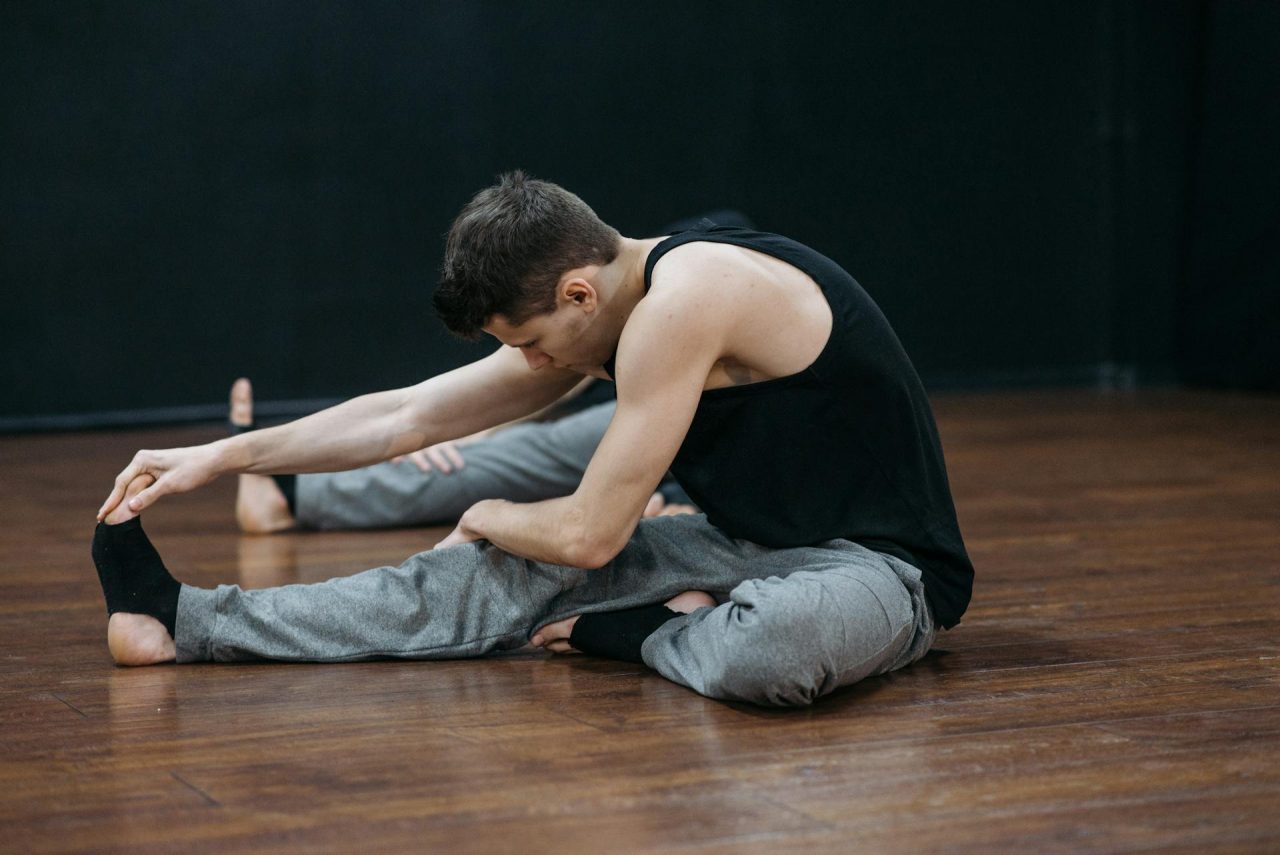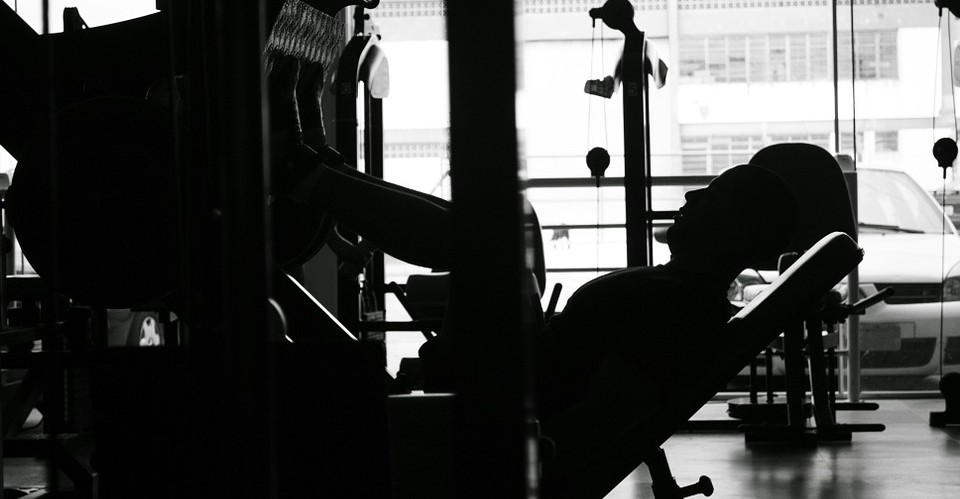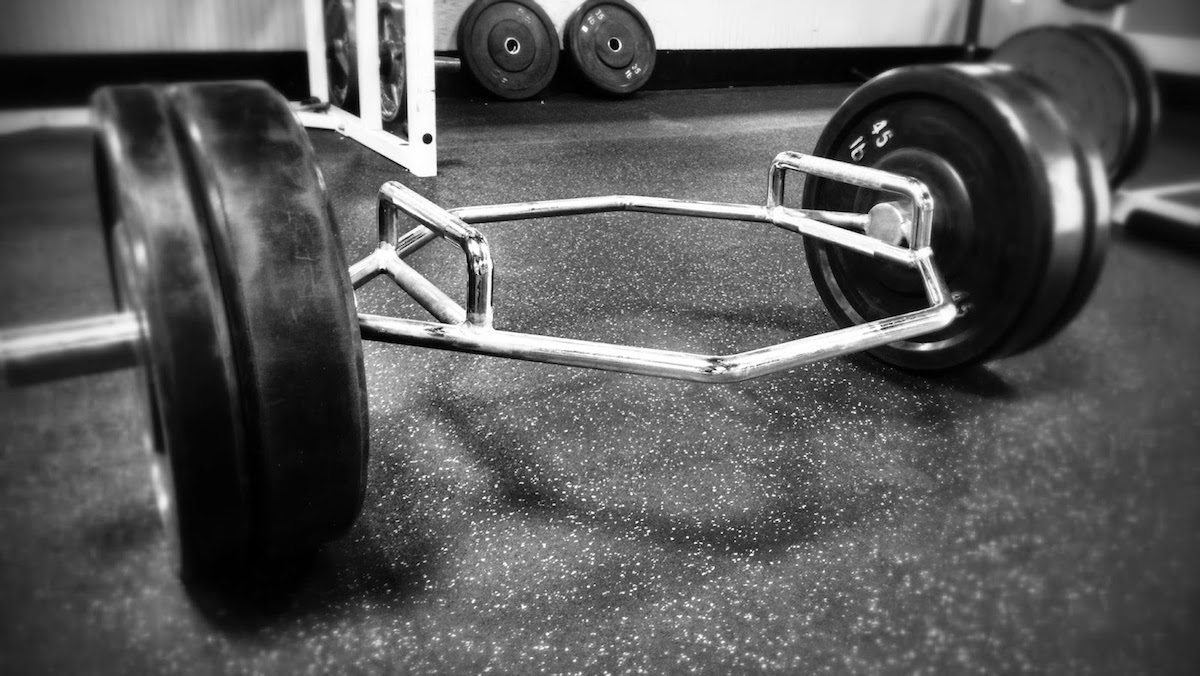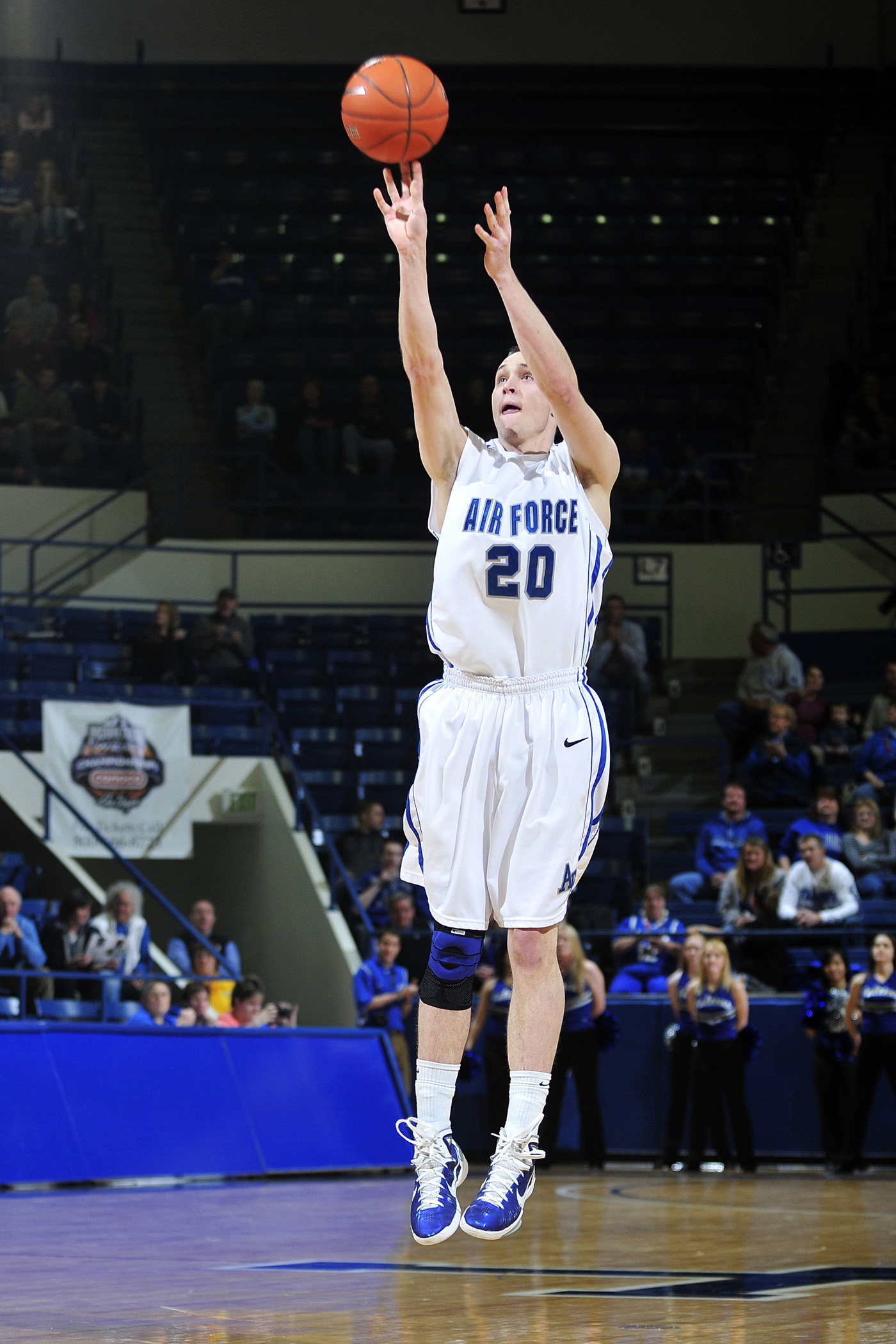Hamstring muscle group training is important for athletes. The hamstrings are important for running, jumping, most sport skills, ACL injury prevention, sprint injury prevention, and the rehabilitation of both ACL and sprinting injuries. There’s been a lot of literature about the hamstrings and all of these things.
There are three muscles in the hamstring group. We’ve seen in past literature that they experience different exercises and motions differently. However, it is also possible that they experience training volumes differently.
In the Scandinavian Journal of Medicine and Science in Sports, Frouin et al look at this topic. They take subjects and have them perform a nine week training program focused around the hamstrings to determine if volume impacts hamstring muscle hypertrophy.
The authors had subjects participate in a nine week training program, training three times per week. Subjects alternated between two training sessions. The first one consisted of stiff legged deadlifts and front squats, the second of seated leg curls and seated leg extensions. During the nine week study, subjects were placed in one of three groups:
A control group. Continued their normal sport participation but did not train.
A high load group. This group did three to five sets of each exercise for twelve reps. Every few weeks the load was increased. The idea was for the subject to have 2-3 reps left in the tank.
A low load group. This group did three sets of each exercise for 30 reps with blood flow restriction (most proximal part of the thigh).
At the end of nine weeks:
The high load group increased their maximum voluntary torque by more than 9%. The low load group had a decrease of almost .5%.
The low load group increased biceps femoris long head volume by almost 15%, the high load group by almost 5%.
The semitendinosus volume increased by almost 27% in the high load group compared to almost 11% in the low load group.
The semimembranosus volume increased by almost 22% for the low load group and almost 17% for the high load group.
The authors point out that both groups increased hamstring muscle volume. However, in the high load group this was primarly due to the semitendinosus. In the low load group this was primarily due to the semimembranosus. This is very interesting because both groups did the same training programs, just the volume was different. This suggests that hamstring training might be a great deal more complex than just selecting hip extension or knee flexion exercises. In other words, if an athlete is prone to injuries at one of the muscles in the group, the load and/or blood flow restriction might need to be modified to focus more on that area.
Reference:
Frouin, A., Le Sant, G., Barbier, L., Jacquemin, E., McNair, P.J., Ellis, R., Nordez, A., and Lacourpaille, L. (2024). Individual distribution of muscle hypertrophy among hamstring muscle heads: Adding muscle volume where you need is not so simple. Scandinavian Journal of Medicine and Science in Sports, 34.




